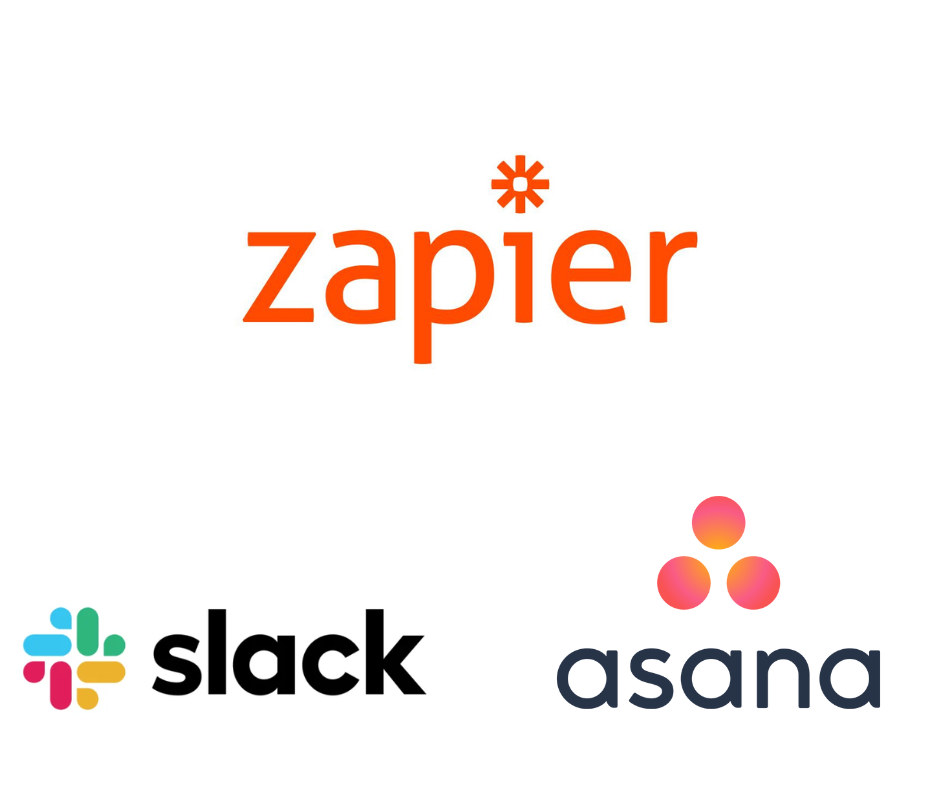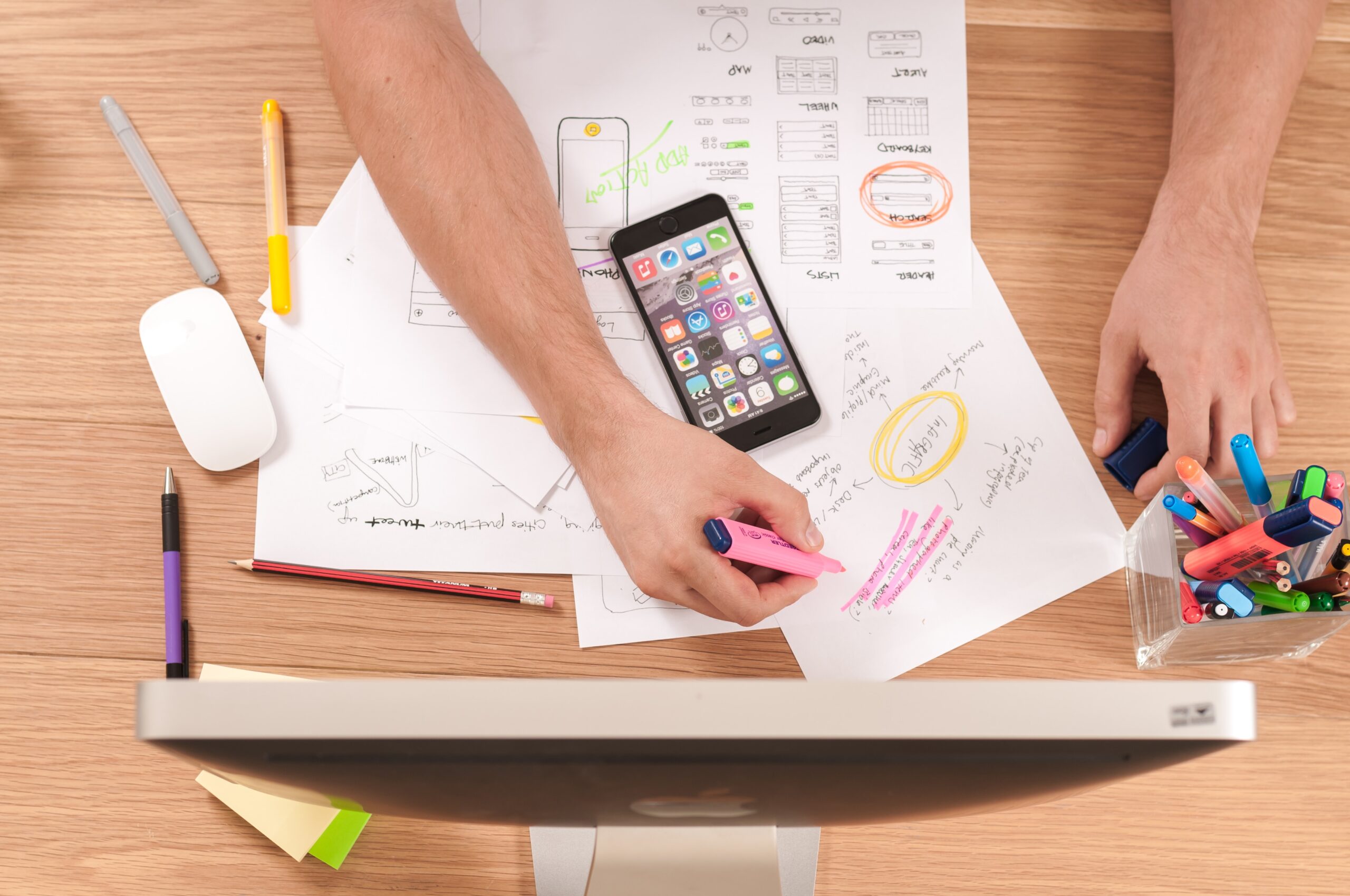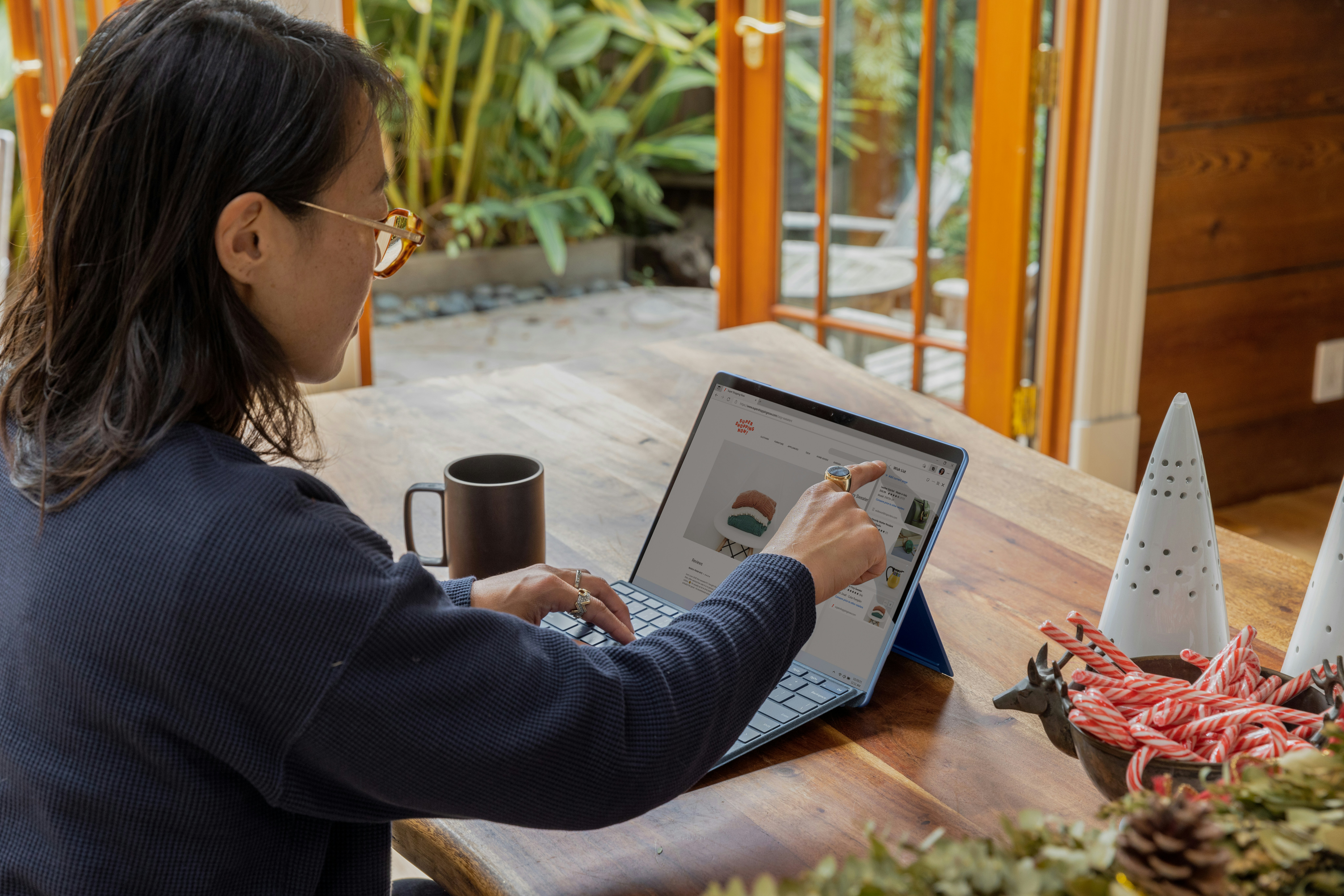
Photo by freestocks
Coming up with a new product or putting your unique spin on an existing product is an exciting adventure for any founder. But riddle us this: How do you know if your idea actually works?
Before going full blast with launching or mass producing your new product, one crucial step you need to make is to ensure your idea is viable and can actually be translated from thought to reality. Why? Because even if you’ve done all the iterations, calculations, and whatnot in your head when it enters the real world, sometimes the math just ain’t mathing.
Picture this – you launch a product only to realize it’s got more glitches than a beta video game. That’s definitely a headache you’ll want to avoid. Prototyping and testing let you catch those problems early on. Think of it like a trial run that saves you from costly blunders down the road. Fix it now, thank yourself later.
So, what exactly is prototyping?
In a nutshell, it’s the early bird version of a product – a sneak peek, if you will. Imagine you’re baking a cake, and before you go all out with the whole recipe, you try a mini version first to make sure it tastes just right. That mini cake? That’s your prototype.
It’s about having something real to show for all those brainstorming sessions. Prototypes let designers test their ideas on real folks, gather feedback, and tweak things before going all-in. They’re like the low-budget movies of the design world. No big investments, no crazy waste of time and money. It’s the smart way to play the design game, catching problems early and saving you from going down the wrong path.
Where does testing come in?
It’s not just about making something that looks cool; it’s about crafting a winner. When you’ve got your prototype looking all shiny and nice, it’s time to test it. And chances are, they’ll flop the first time around.
Why is that a good thing? Those flops reveal where things could go wrong. Think of it like a detector for design flaws. Back to the drawing board, fix it up, and boom – you’ve got a better, stronger design.
Prototype vs. MVP
In our last blog, we talked about coming up with an MVP to help you get to market fast – and test the market. Prototyping typically comes in before you come up with your MVP.
Think of prototypes as the first draft… not exactly a doodle on a napkin (though, hey, that counts!), but a less fancy, low-tech version of your grand idea. It’s more about rapid testing and checking if your basic ideas and assumptions for the product hold water.
An MVP (Minimum Viable Product) however, is likely the Nth version of your prototype – a usable version of your product, but stripped down to the essentials. It’s like having the core features of your dream product, ready for action. Perfect for testing the market, collecting feedback, and getting some useful data, all while keeping your investment of time and money to a minimum.
Interestingly, leveling up your MVP to include all the bells and whistles of your dream final product or improvements based on user feedback could require a few more rounds of prototyping before launching your product’s version 2.0, 3.0, and so on.
Do people actually do this?
Ever tried explaining a groundbreaking idea with just words? It’s like describing a movie without showing the trailer – doable but very challenging.
Everybody from architects and software developers to engineers, and even those genius service designers all swear by prototypes. Fashion designers sketch out their ideas and color them in before producing their creations in fabric form; interior designers come up with scaled 3D renders of their designs to show their clients before going out to re-do a space. Instead of diving headfirst into making a gazillion copies of a design, a prototype lets you see if it’s a winner or a dud. When you’ve got something tangible to show, it’s a game-changer in getting everyone on the same page.
The DTOCS story
DTOCS is an eco-friendly, chemical-free tableware champion on a journey of redefining sustainable tableware. The company is the proud winner of the prestigious NEXTY award in 2019 for groundbreaking sustainable products and clinched 2nd place at the 2023 Selfmade Summer Pitch Competition.
Founder Pallavi Pande took inspiration from childhood memories of enjoying meals on a banana leaf in India and transformed the idea into chemical-free, eco-friendly, sustainable, AND compostable single-use tableware using fallen palm leaves.
Think of the banana leaf as the very first prototype. The test was to see how it would hold up as a dinner plate filled with food. The leaves were too soft, which would mean it likely wouldn’t be able to function as a dinner plate. And then there’s the question of storage – fresh banana leaves aren’t going to stay fresh very long.
So, the next prototype is using fallen palm leaves from the Areca plant. They’re sturdier than banana leaves and are dried, which means they would keep longer. Then, it’s a few more rounds of trial and error to figure out how to turn the leaves into actual plates, bowls, straws, and other tableware from the material. The final products? Elegant and earth-friendly single-use tableware where every dish tells a story of innovation, sustainability, and a commitment to a greener future.
Prototyping isn’t just about creating something pretty; it’s about doing it quickly and economically. Prototyping and testing let you tweak and twirl your ideas in a shorter time with minimal investment so you can watch your product evolution go from zero to hero. It’s not just about making something; it’s about making something that rocks the world.
March 11, 2024
Emily Oberman
By:






